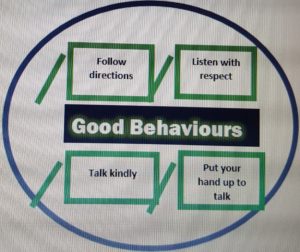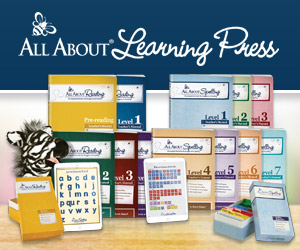Behavioural Management Techniques in the Classroom
“Give me a lever long enough and single handed I can move the world. It’s just not possible any longer to “figure it out” from the top, and have everyone else following the orders of the “grand strategist.” This statement is also true for behavioural management techniques in the classroom. The organizations that will truly excel in the future will be the organizations that discover how to tap people’s commitment and capacity to learn at all levels in an organization and that means at the classroom level.
This is what we want for our children of the future. We want to create an organisation of learners because we are all learners. There are many areas of learning and every learner is trying to learn a lot of things every day.
I often think of behaviours as being one of these lifelong learning developments. Children have to learn appropriate behaviours at every age and these behaviours are pivotal to the culture we want to create whether this be in a school or in the home and eventually in society. If we, as teachers and parents, ignore the behaviours that are detrimental to a child’s development, we are neglecting NOT only the child but the future of that child and his ability to cope in the future. It takes a lot of people to help raise a child, it always did, but in the past families lived close by and support was at hand. In today’s world, many parents are struggling without the wider community support.
There is considerable overlap between behaviour and conduct problems, attention deficit problems and reading problems. In order to learn, children need to be in a calm, purposeful and structured classroom environment. This comfortable place can be easily displaced by outbursts, opposition and unacceptable interactions.
A parent-child coercive interaction sequence in which the child learns arguing, defiance and opposition to teacher and parental requests, if repeated often and vigorously enough, can lead to the child getting his own way. If parents are unable to change these behaviours in early childhood, it can be expected that attempts to use the same coercive style of behaviours with school peers and teachers, and very rapidly begins to experience conflict in academic and relationships areas. Let’s look at how these children can behave in the classroom.
Refusal to follow directions, refusal to complete tasks, disrespect, annoying calling out and disruptive behaviour to the rest of the class are problems that affect all the members of the class in some way or another. Some children will be scared, others annoyed, some will ignore but if asked, children say they “don’t like it.”
The first step is to have a conversation away from the classroom with the student to discuss the problems. It is explained to the child that the said behaviours are getting in the way of his work and interrupting the work of the other children.
The teacher or parent explains that together they are going to try an work out a way that classroom time can be more productive with less time spent in trouble. The child is asked to say how he feels when he is in trouble-it is important that the teacher identifies the troublesome times. Allow the child to talk about what he thinks are the problems and what you think about what happens in the classroom.
It is important that a child realises that most children find it difficult to discuss their aberrant behaviours and are a little uncomfortable. Tell the child that if he can tell you how he is feeling that he can be helped to make his life at school more enjoyable. 
Additionally, it is important that the parent or the teacher discloses his/her own feeling about past experiences that have happened with this child in the classroom. The teacher could tell how she feels when she has to chastise and be continually telling the student to behave because not only is it annoying to the class it interrupts the flow of the lessons.
Identifying the problems that need to be addressed is crucial to the improvement plan. Once the behaviours are identified the child is asked to self monitor these behaviours. Visual supports can be placed on the desk so that the child knows when he is feeling stressed or offbeat . A decision can be made to incorporate some strategy that will alleviate the stress and help the child to move to independent management. Changes don’t happen overnight but with monitoring, positive rewards and feedback a child’s life can be changed. Classmates will be able to learn, the said student will be happier and the relationships will begin to mend. It is worth the time and effort to help the child to learn to manage.
There are plenty of instances when teachers have been confronted with aberrant behaviours that need to be addressed. I was out in the playground one day and I asked a little child in Year One to pick up a paper. She said, “NO,” in a defiant manner and with a lot of force. I asked her why? “I don’t want to!” This sort of behaviour is becoming more prevalent. Are we creating a society that is narcissistic in nature. This society would only focus on ME and not the WE.
The behaviours discussed are those that interfere with learning and MUST be modified so that all children can learn and grow to make a society that is caring for its less fortunate and willing to explore avenues for success for all. We have an obligation to cater for the gifted, the core and the children who struggle. No group should receive less attention than the other. Together, parents and teachers can change the world.
Ann Foster tutors children who have difficulties in reading, writing and spelling.
Contact Ann 0n 0414340883 or email letterboxdelivers@hotmail.com
Website: www.letterboxlearntoread.com
Ann holds the following qualifications:
Diploma of Teaching
Bachelor of Educational Studies
Master of Education ( Special Needs)
Master of Education (Counselling & Guidance)




No comments yet.